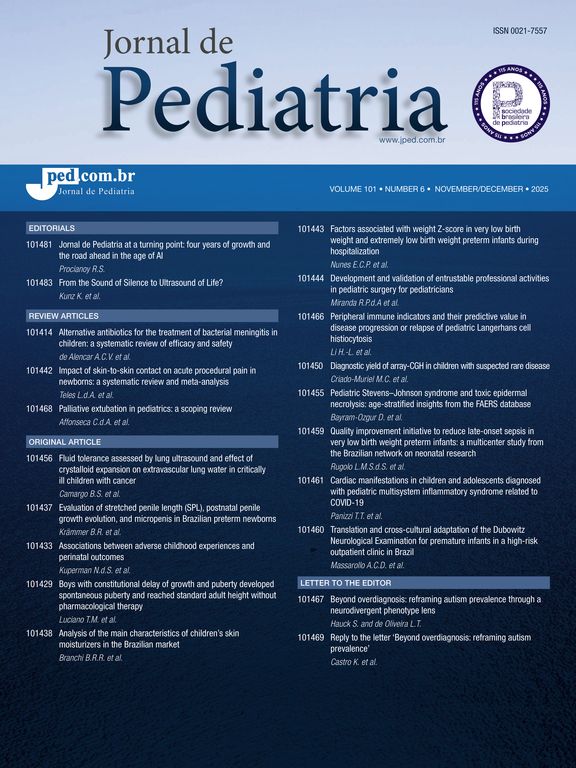This study describes the effects of nitric oxide in newborns with persistent pulmonary hypertension. We studied 9 infants with severe respiratory failure characterized by hypoxemia and pulmonary hypertension. All infants met ECMO criteria and the oxygenation index (OI) was greater than 25. Mean birth weight was 2698 ± 661 g and gestational age was 36.4 ± 2.6 weeks. Nitric oxide was administered in a Ÿ circuit in the inspiratory line of the mechanical ventilator. Nitric oxide and NO2 concentrations were monitored with electrochemical analyzers (PACI and PACII-Draeger). Pulmonary hypertension was diagnosed with clinical and echocardiografic criteria, with detection of right to left shunt with color doppler. All patients showed a dramatic improvement in oxigenation after nitric oxide administration. The drug reduced the mean OI, which was 48.5 before its administration, to 17.7 after 30', 14.1 after 6 hours, and 10.5 after 12 hours. We observed in all patients a reduction in pulmonary vascular resistance, reversal of the right to left shunt without any effects on systemic arterial pressure. Metahemoglobin levels did not reach 1.5% in any patient. Only one out of the 9 patients died, after reversal of the pulmonary hypertension, from other complications of perinatal asphyxia. Our data show that nitric oxide is a promising drug in the treatment of neonatal pulmonary hypertension and that it may reduce the need of ECMO in severe respiratory failure.
The Impact Factor measures the average number of citations received in a particular year by papers published in the journal during the two preceding years.
© Clarivate Analytics, Journal Citation Reports 2025
SRJ is a prestige metric based on the idea that not all citations are the same. SJR uses a similar algorithm as the Google page rank; it provides a quantitative and qualitative measure of the journal's impact.
See moreSNIP measures contextual citation impact by wighting citations based on the total number of citations in a subject field.
See more







